August was a cool and wet month with lots of rain, some of it very heavy, in the first week. There were some warm sunny days too, but nothing even remotely resembling a heatwave. Some of the paths inside the cemetery are therefore still muddy. It was very windy on several days, resulting in some fallen branches although none had caused any damage. With no extremes of temperature to adversely affect the cemetery wildlife, it continues to thrive.
Insects
Butterflies
The good news is that I observed butterfly species number 12 in the cemetery this month – a Gatekeeper. I’ve never seen one in the cemetery before. This one was on the grass verge along Spring Bank West, and is pictured above, on Ragwort. They can be seen in the Yorkshire Wildlife Trust’s wildlife garden in Pearson Park, which is less than half a mile away from the cemetery, so that could be where it came from.
It has been a very quiet month for butterflies. The only other ones I’ve seen are Red Admiral, Speckled Wood, Small White, Green-veined White and Holly Blue. I didn’t see any of them in large numbers, just singly or in twos or threes.
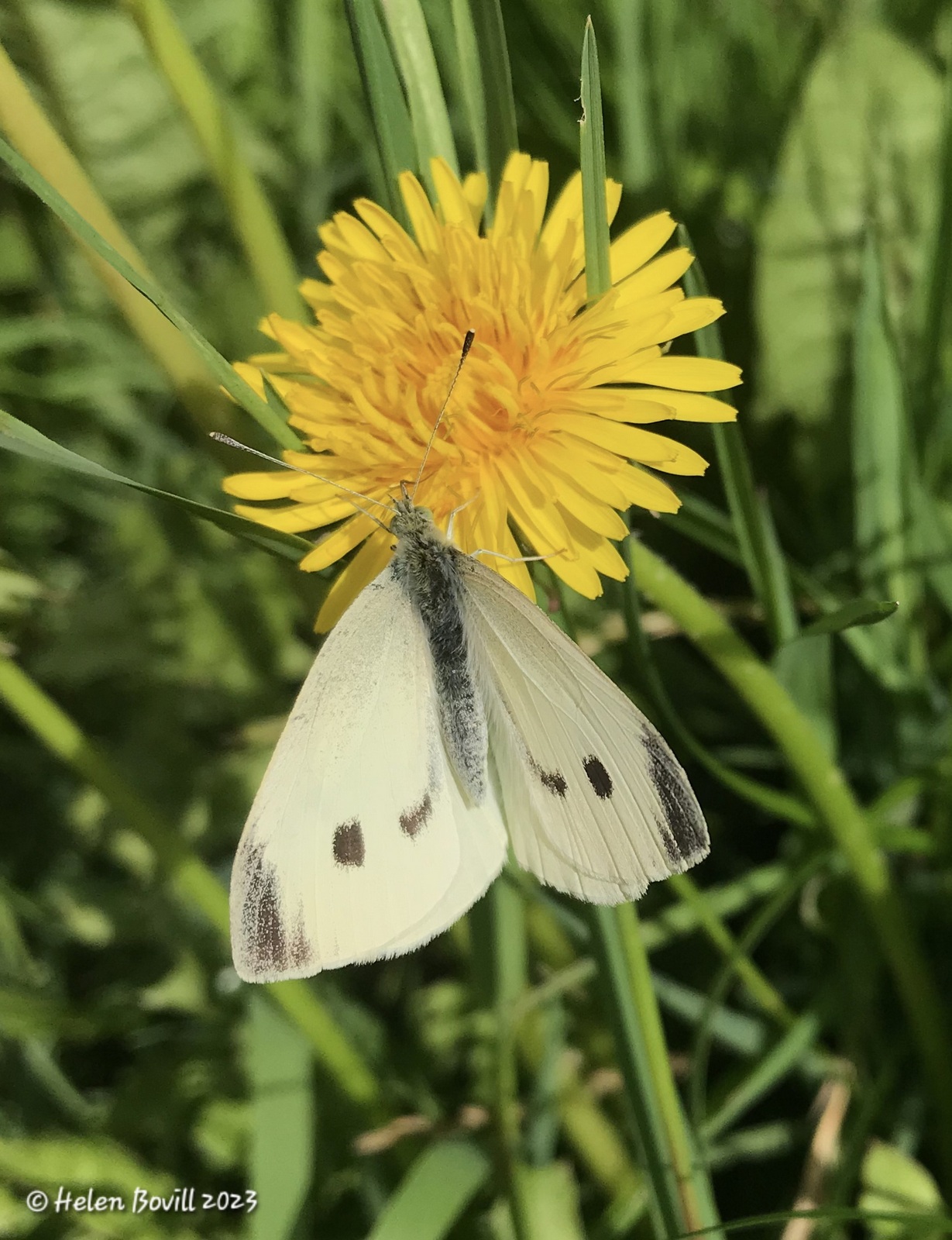

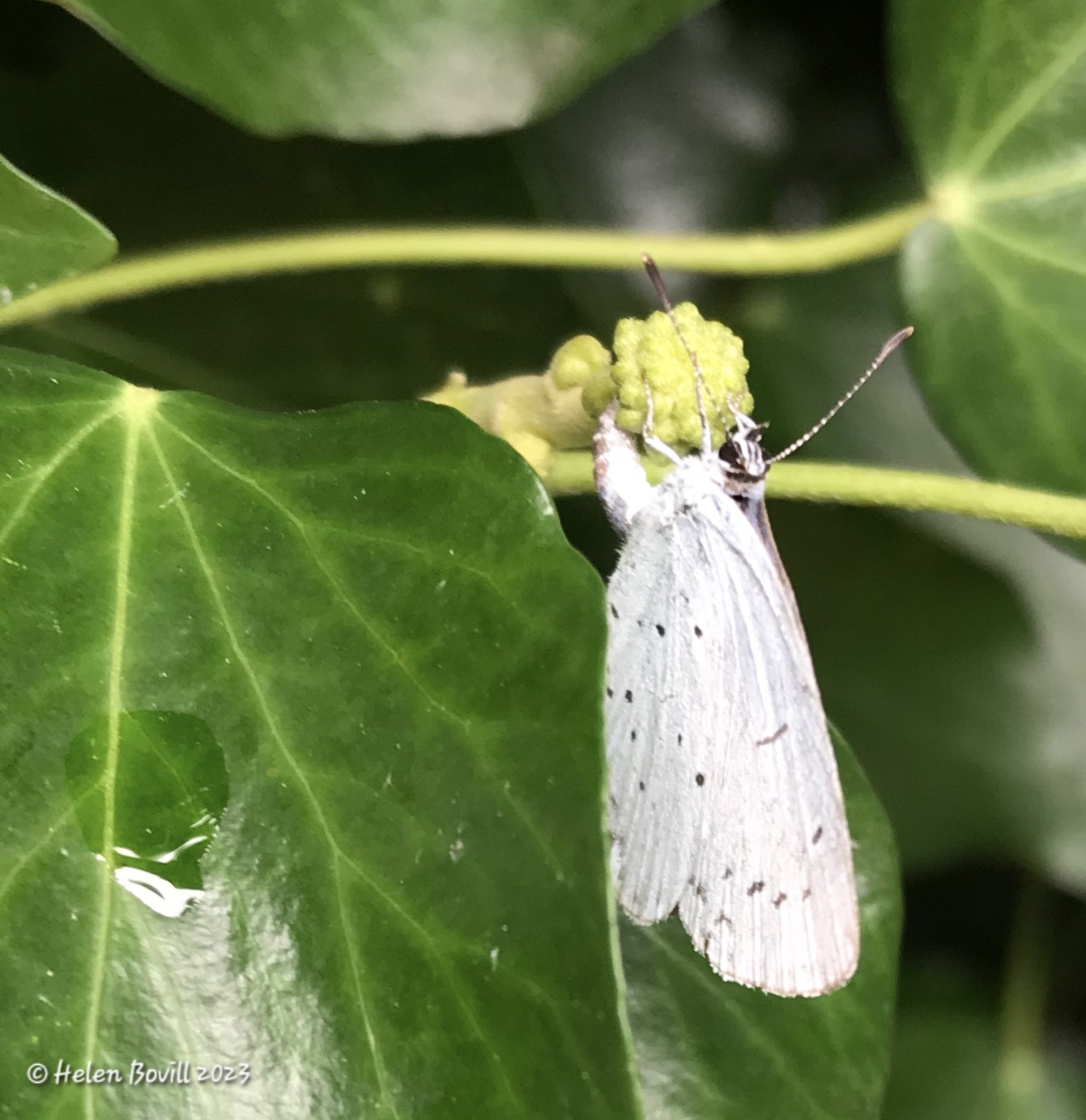
Other Insects
The main types I’ve seen this month have been Ladybirds, Bees and Hoverflies. The most striking of them was this Hornet-mimic Hoverfly. It’s noticeably larger than the other ones that are around at the moment, and is harmless to humans. The yellow band between the eyes indicates that this one is female.

Plants
Small
Most of the Thistles that had taken hold of the grass verge have now died back, so it looks a bit tired at the moment. However some Dandelions and other similar yellow flowers, often difficult to identify with certainty, have now started to come through. There is still some Knapweed for the cemetery wildlife to feed on, including this White-tailed Bumblebee.
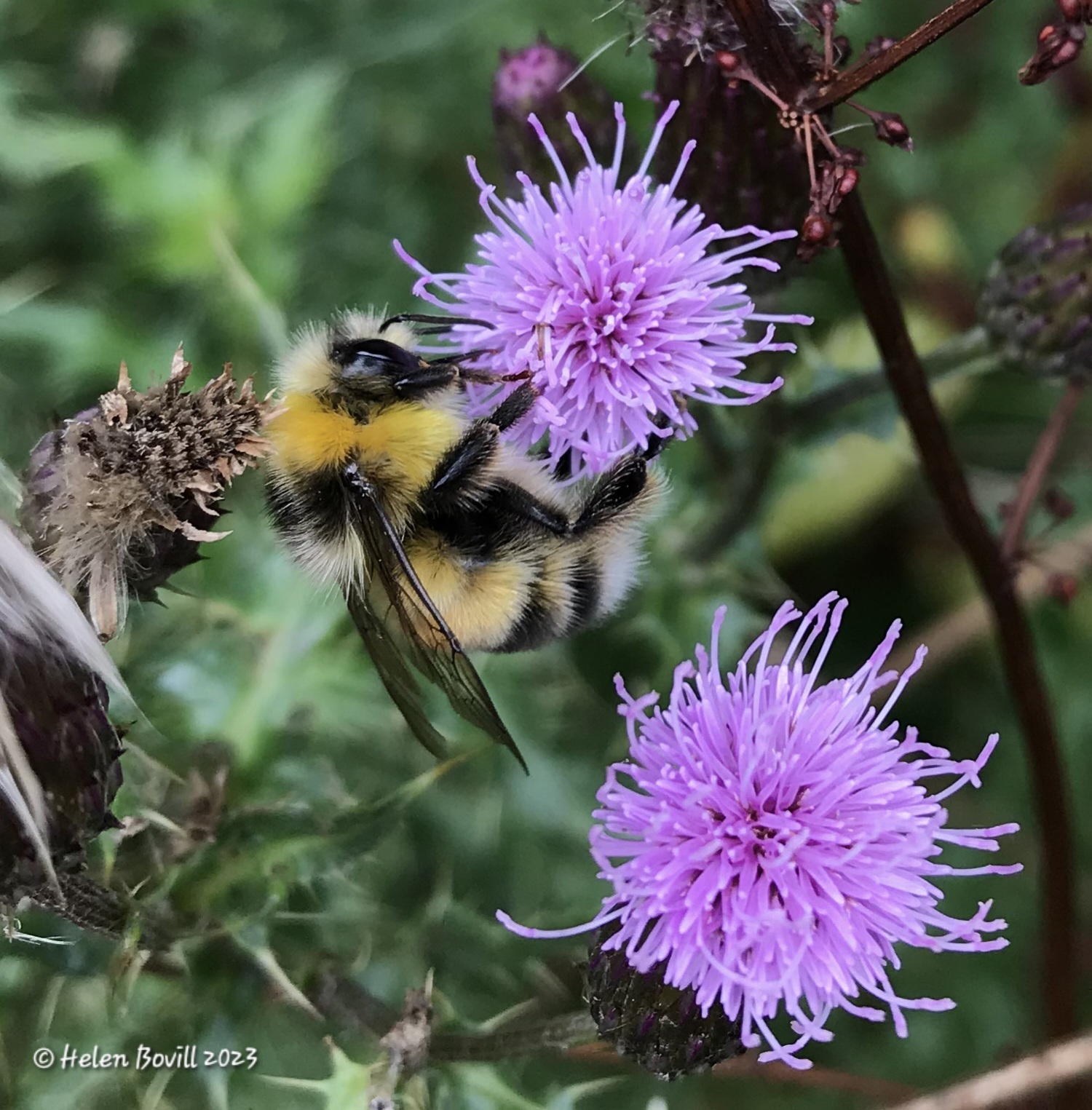
The Teasels planted in various locations in the cemetery have now started to flower. However, they can sometimes be difficult to spot because the wind and wet weather has caused them to lean over. But again, they are great for the cemetery wildlife and there was also a small bug of some sort on this one which I didn’t get time to identify. This is because a Bee landed on the flower, thus displacing it.
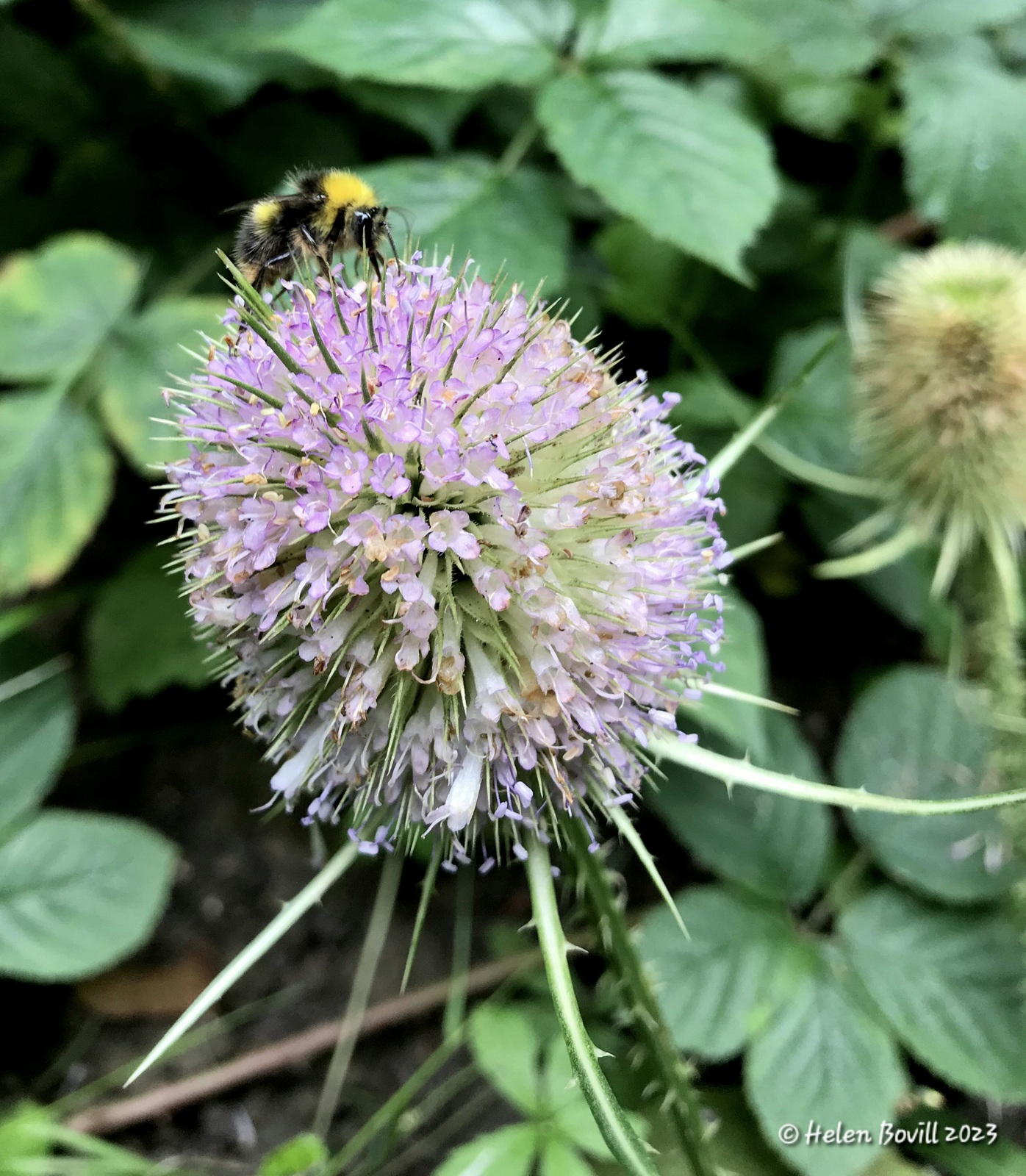
I’ve been keeping an eye on the Toadflax that was planted on the grass verge last year. It started to flower last month but is looking at its best this month. I was delighted to find this Sloe Bug, also known as a Hairy Shield Bug, on the flowerhead.
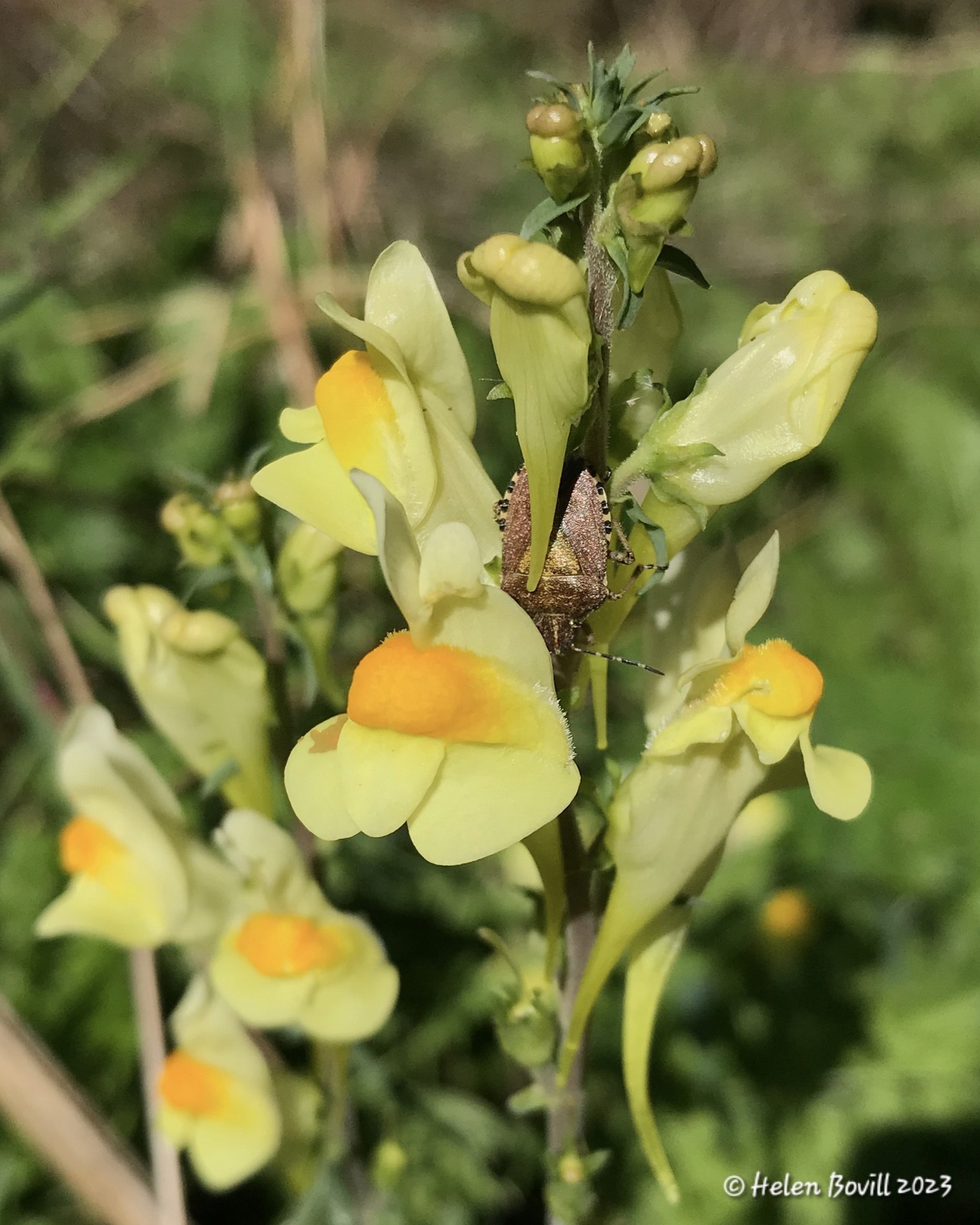
Elsewhere along the Spring Bank West verge I found White Campions, Feverfew and a new one I hadn’t noticed before – Black Medick.
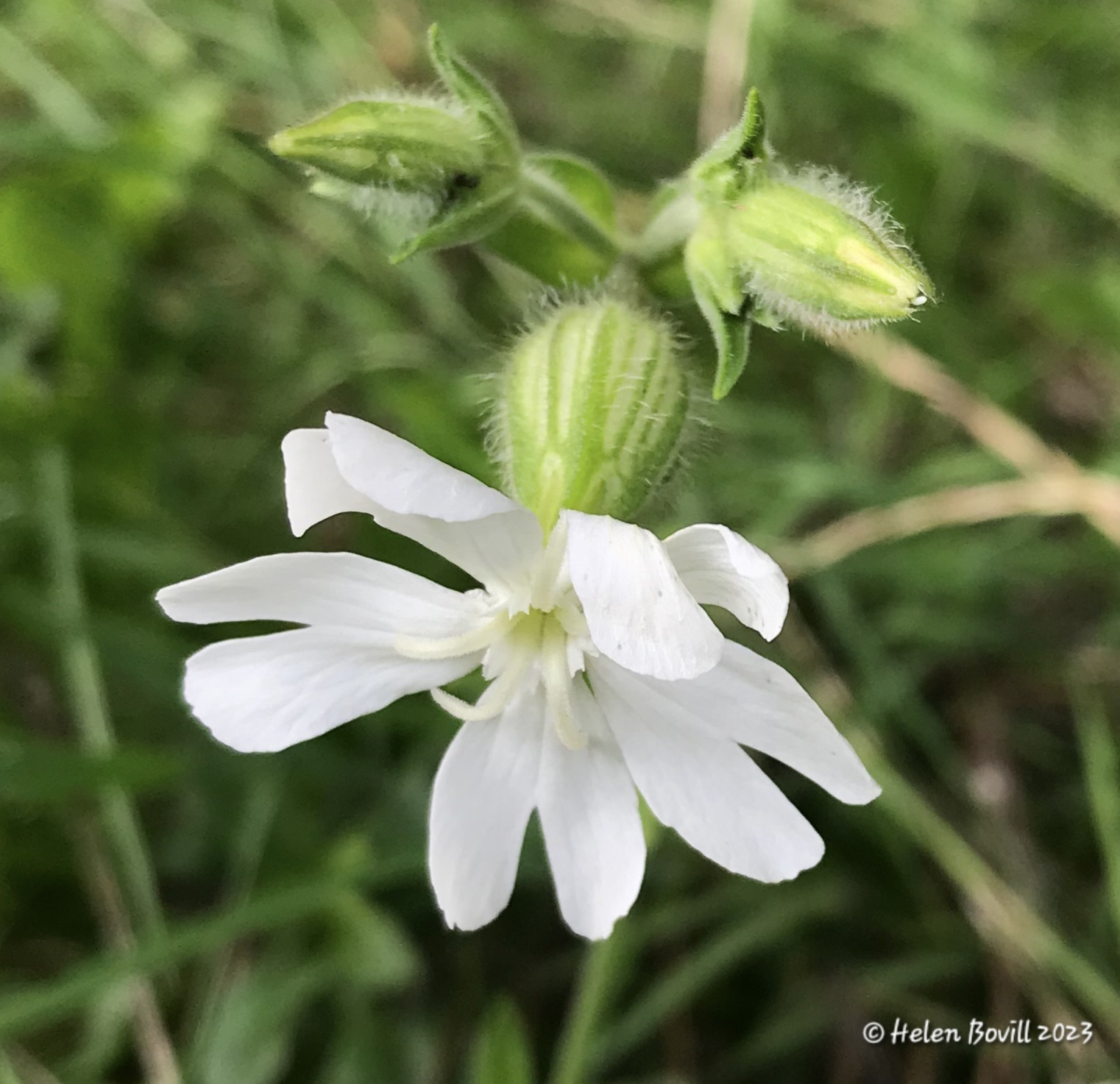
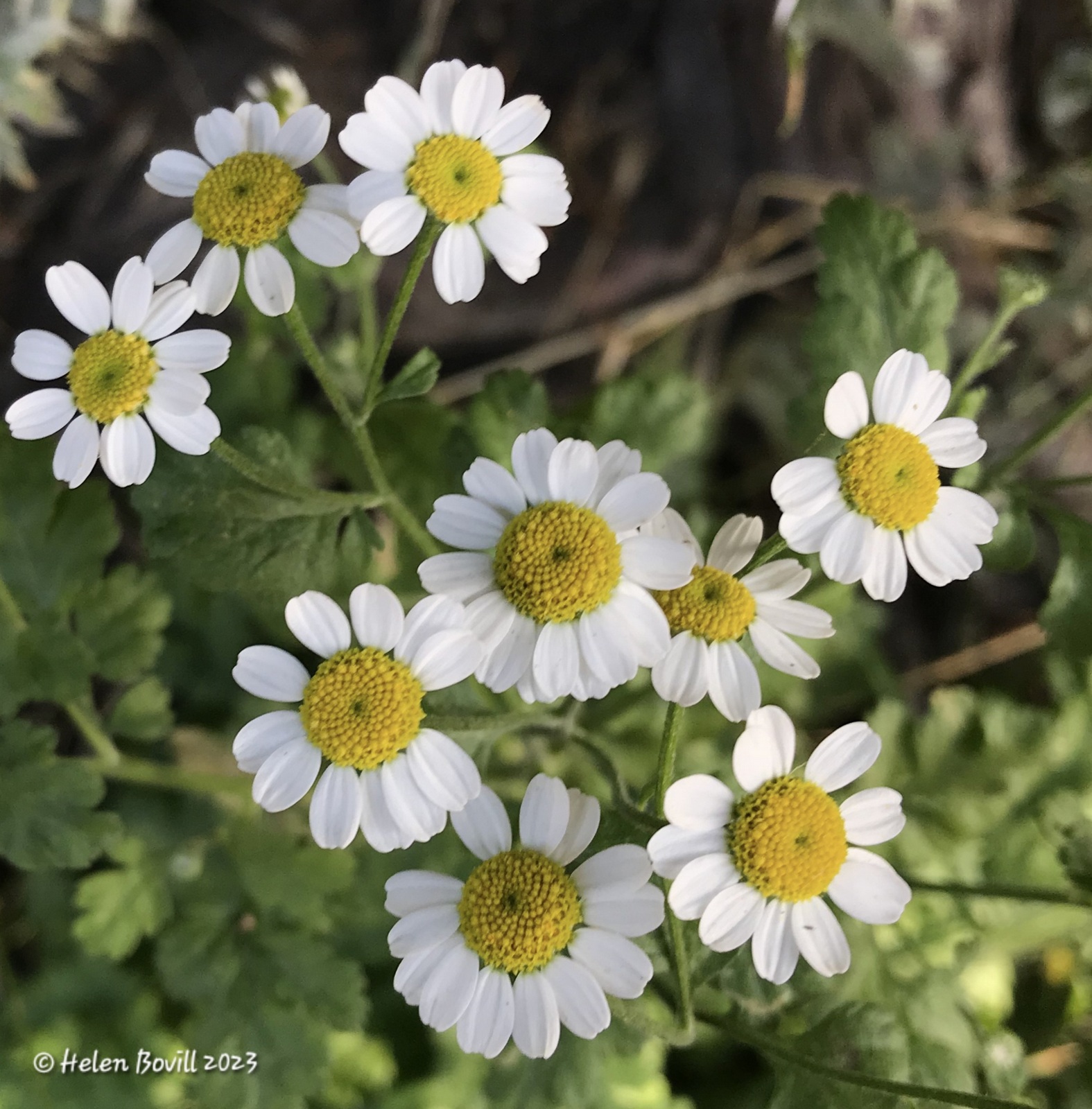
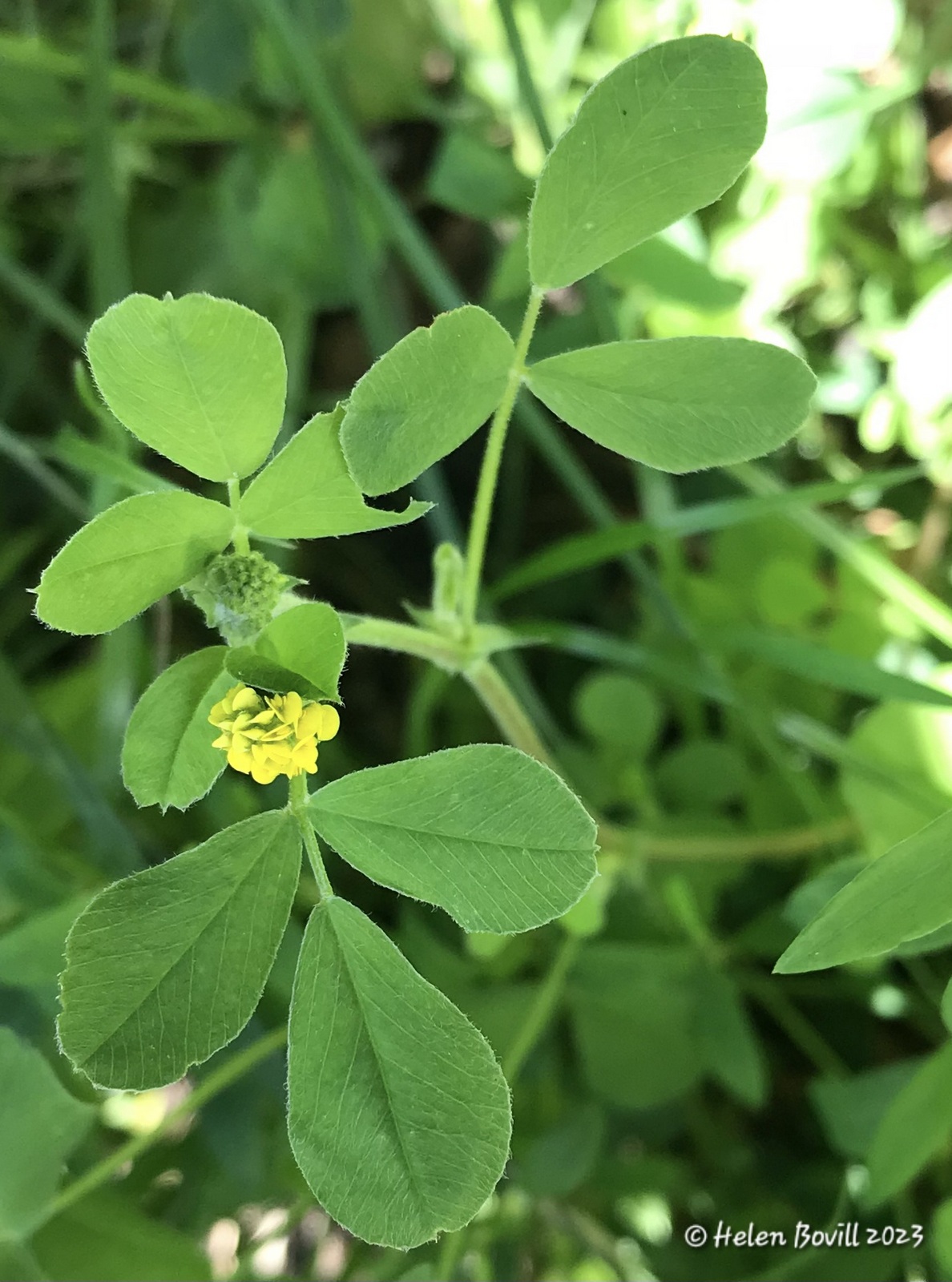
The Crocosmia growing in the Quaker Burial Ground was looking at its best earlier in August, adding some welcome colour to that rather dark part of the cemetery.

In another dark part of the cemetery, away from the footpaths, I found some Cuckoopint, also known as Lords-and-Ladies. The seeds should end up red, but this small group of plants never seems to thrive and they usually die off before the seeds reach maturity.
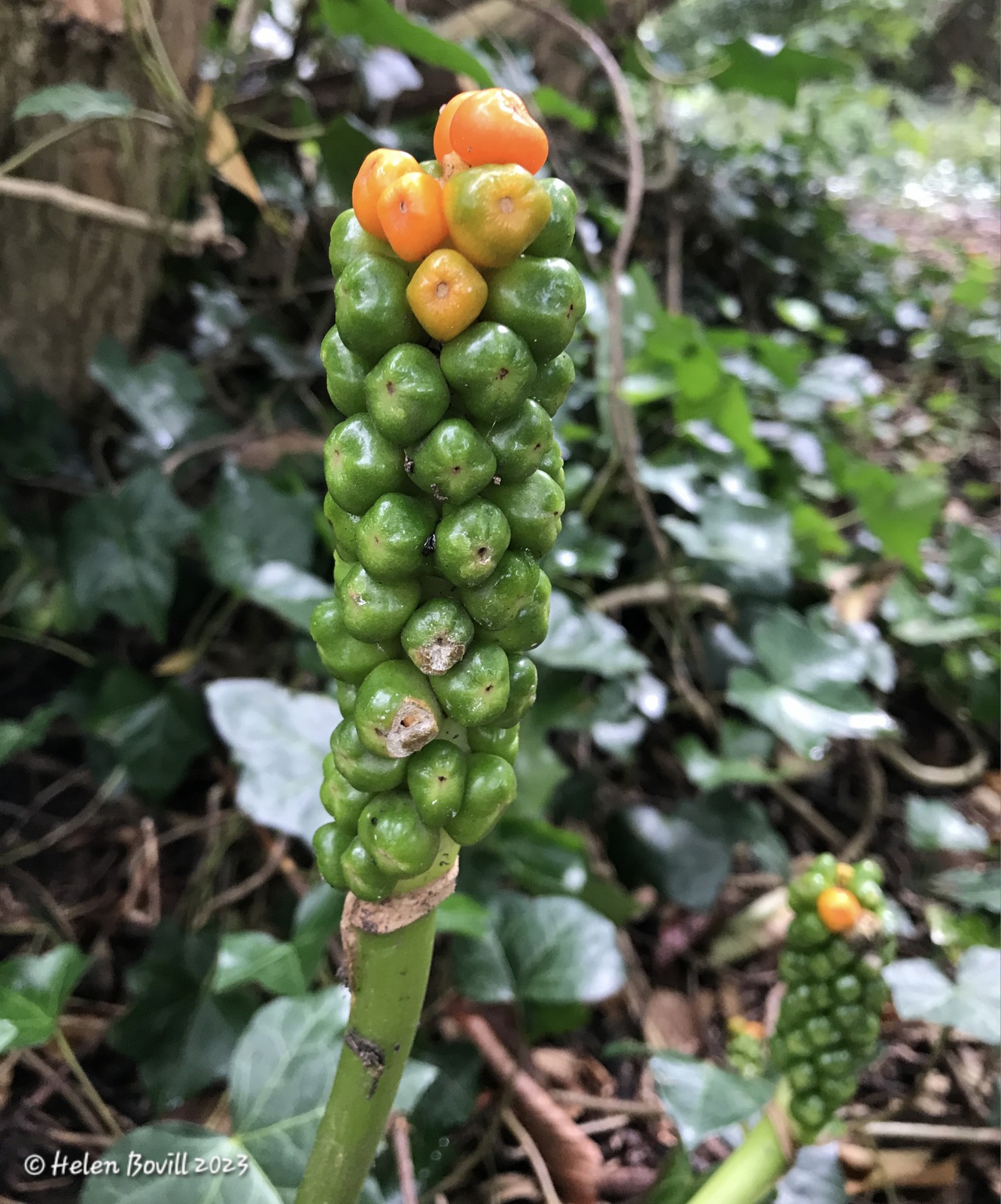
Trees and Fungi
The windy weather has dislodged a lot of the fruits from the cemetery’s trees and they make for a lush green carpet on the ground.

Whilst not being plants of course, I’ve included fungi under this heading because many of them grow on trees, both living and dead. I didn’t find much in the way of fungi in the cemetery this month but I did find this small group of what appears to be some sort of Honey fungus.

Birds
Young birds are still fledging, including this Goldfinch, pictured with one of its parents.
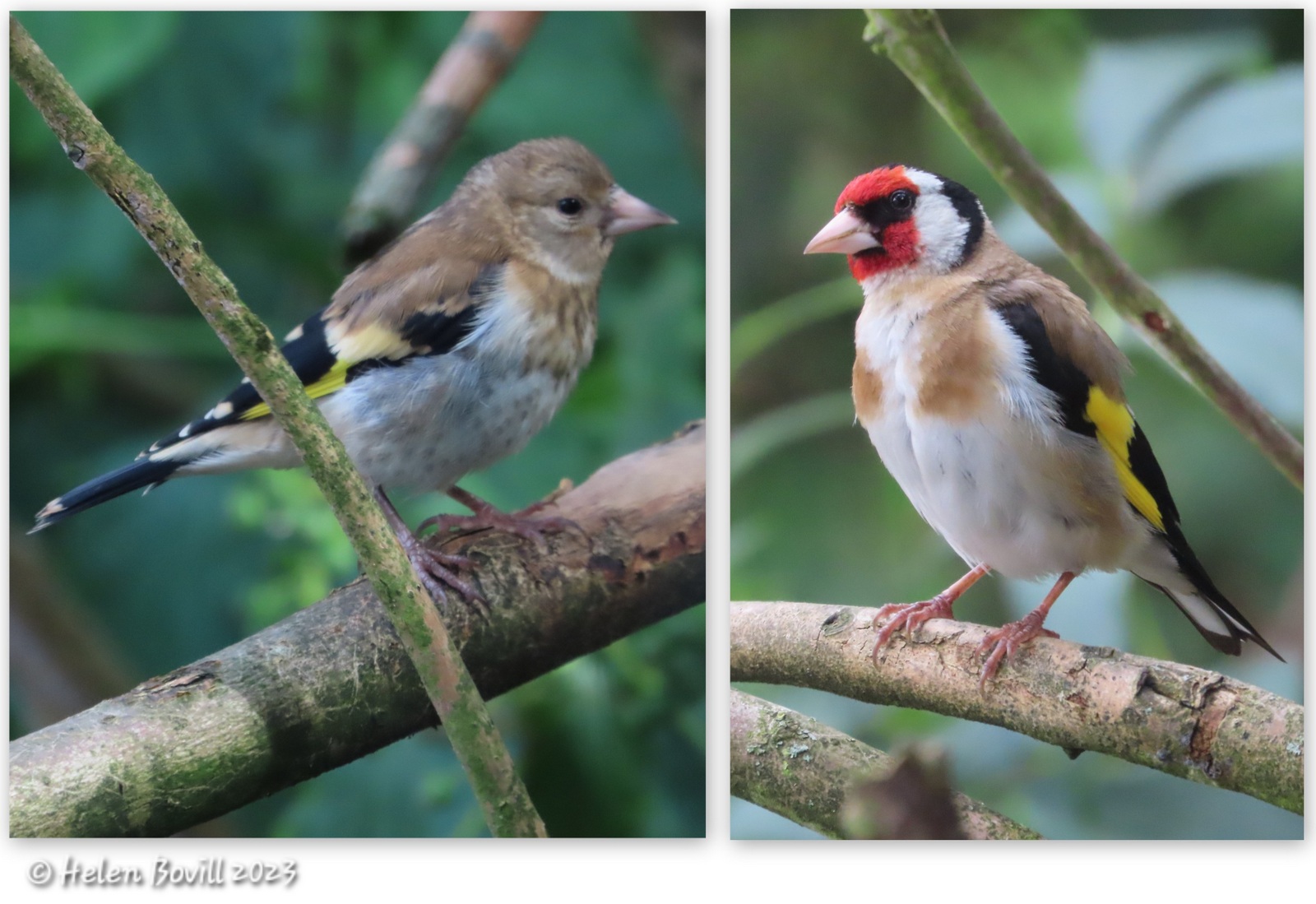
The Chaffinches, Blue Tits and Great Tits seem to have had a very successful year with lots of youngsters around. The adults are looking a little worse for wear, so it was nice to see a smart-looking Great Tit in full breeding plumage.
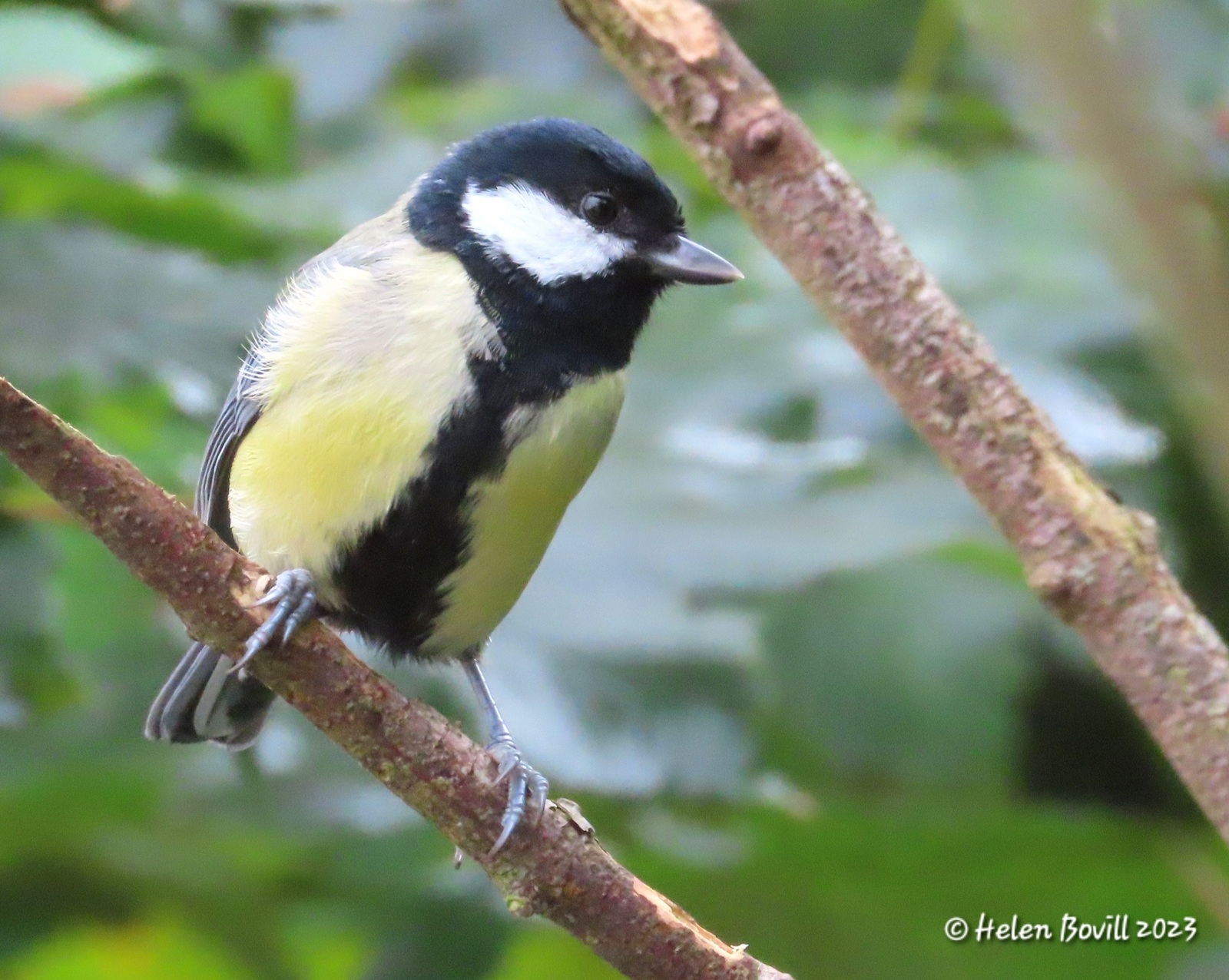
When I’m walking in the cemetery I often hear loud crashing noises coming from high up in the trees. I look up and see these – Wood Pigeons.

Early in the month I heard the sound of at least two Sparrowhawks calling in the trees, but I wasn’t able to get a photo of them. As birds of prey are usually silent, I assume these were youngsters, calling to a parent for food. Other birds I’ve seen this month include Coal Tit, Wren, Robin, Stock Dove, Crow, Magpie and Blackbird. I didn’t see any Dunnocks or Long-tailed Tits though, or any sign of the Bullfinches I saw regularly earlier in the summer.

Conclusion
Another great month for the cemetery wildlife with plenty to see all around the site. Some of the bramble bushes around the cemetery are already bearing lots of ripe fruits, signaling that Autumn is not too far away.



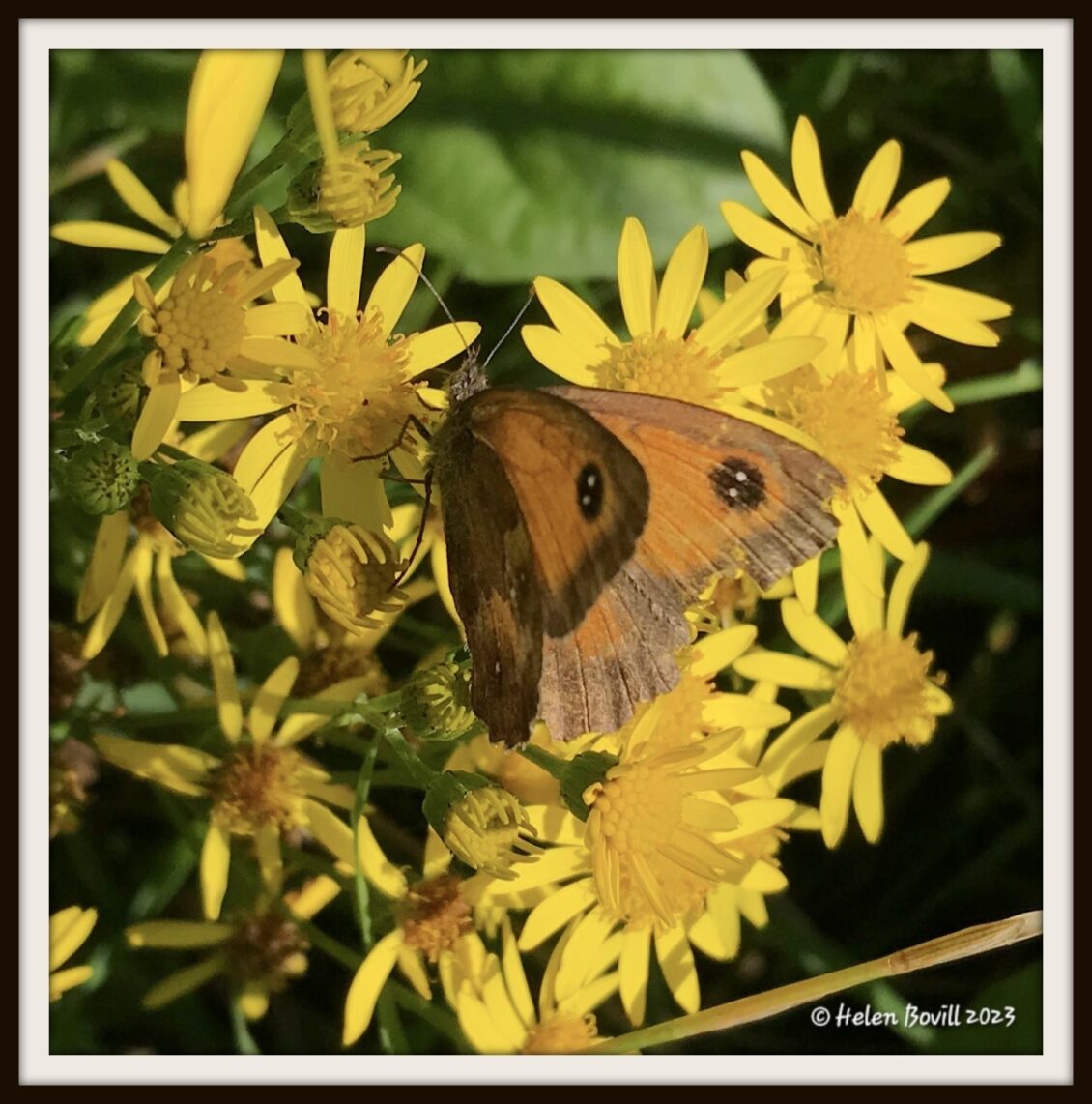
Thanks for another great report Helen, good to have a diary record of the seasons in the cemetery. Always amazed at the diversity of wildlife in there!